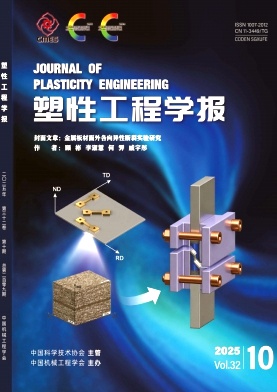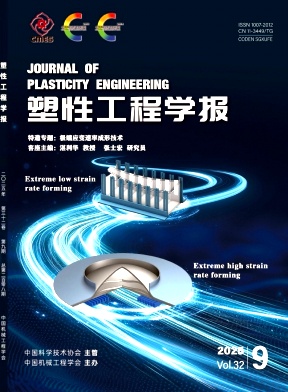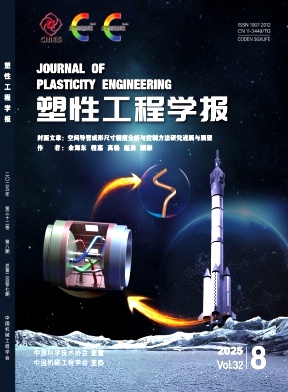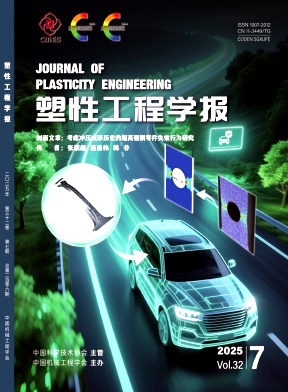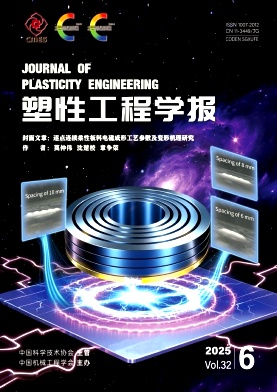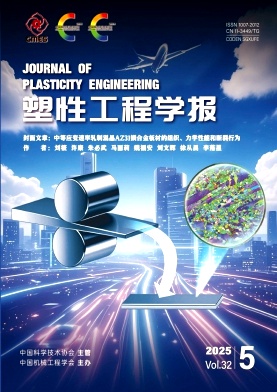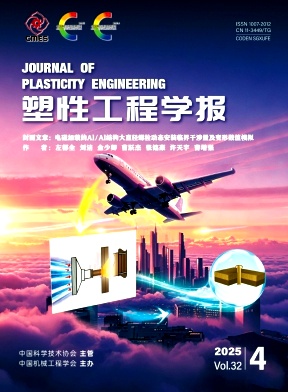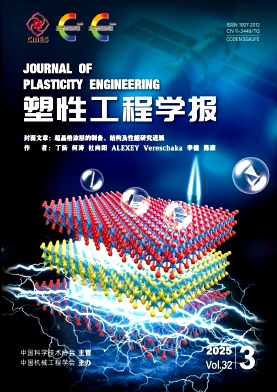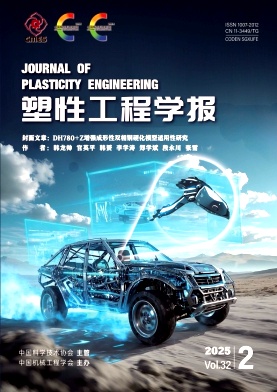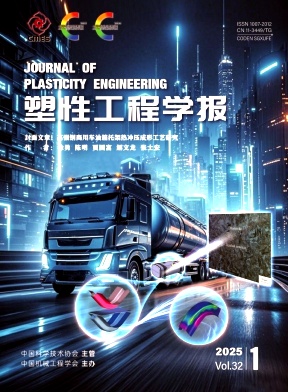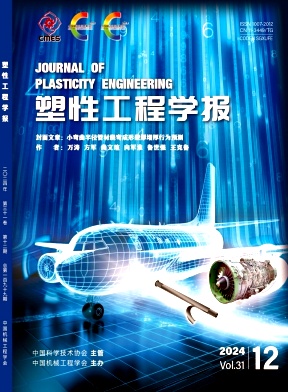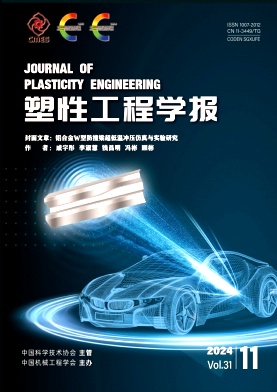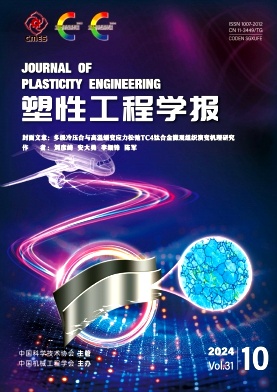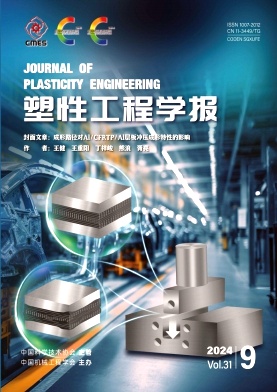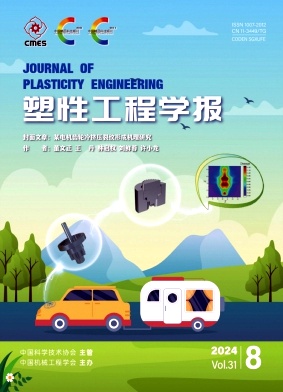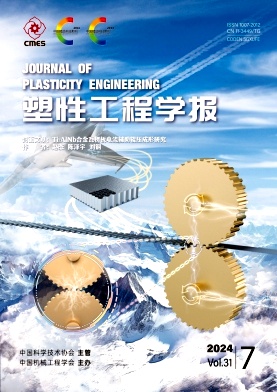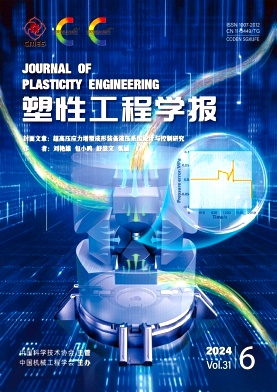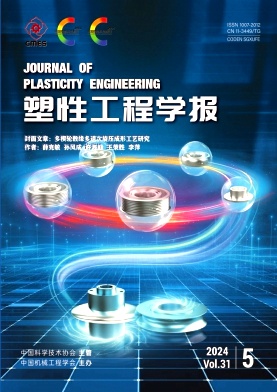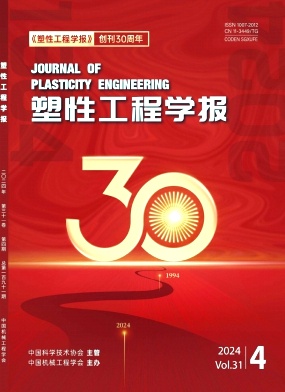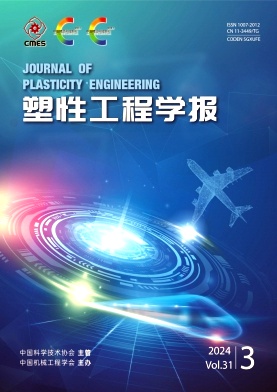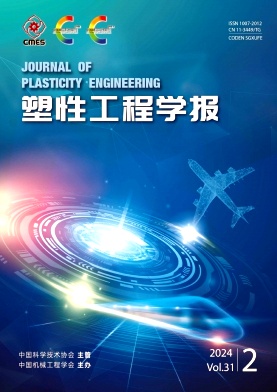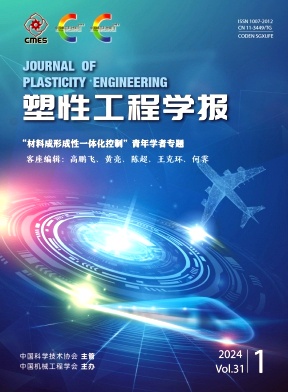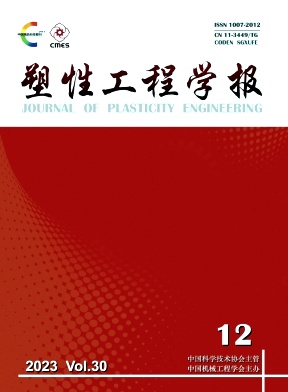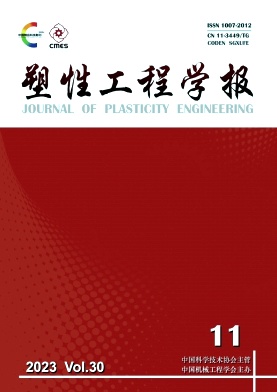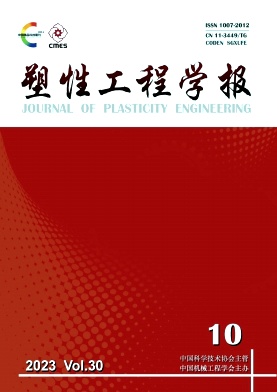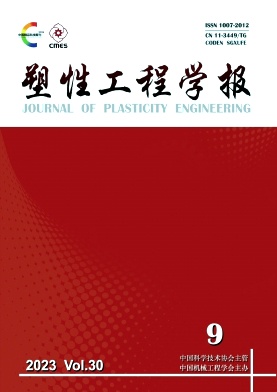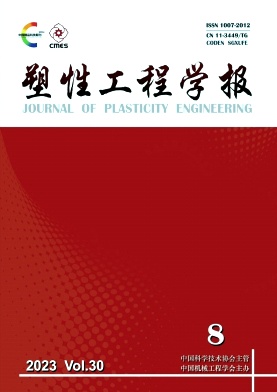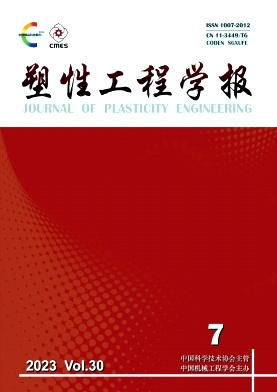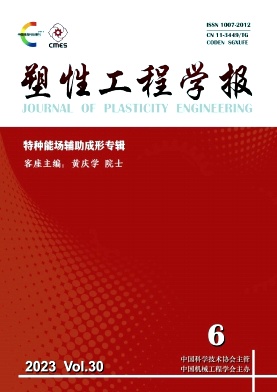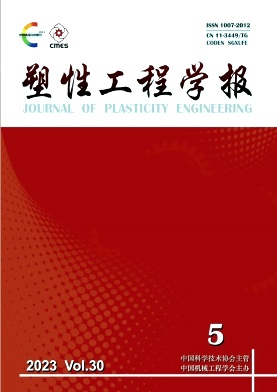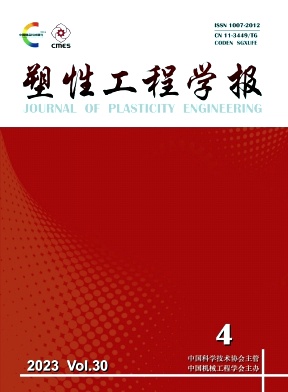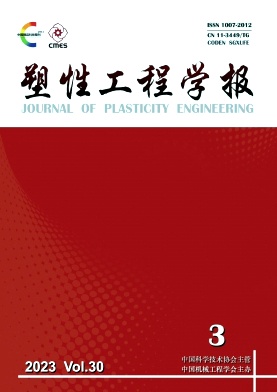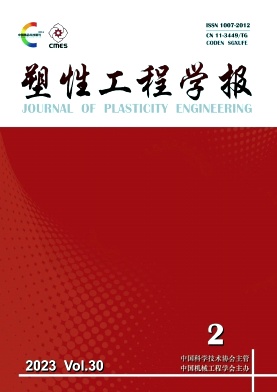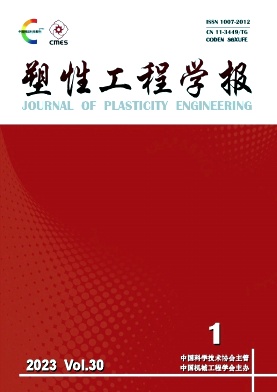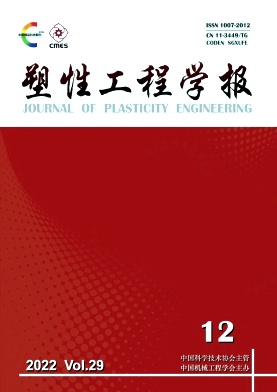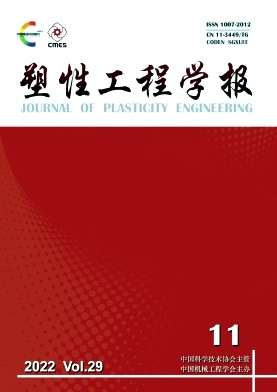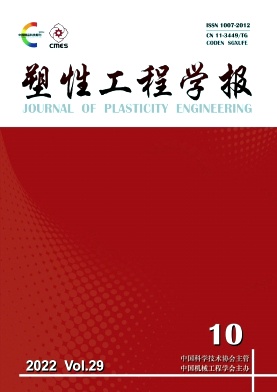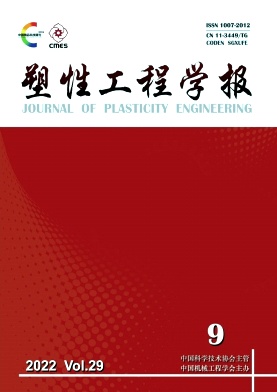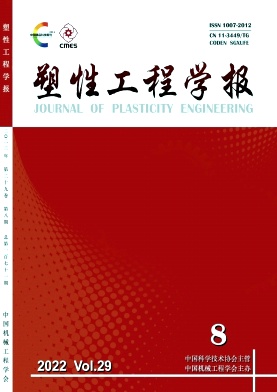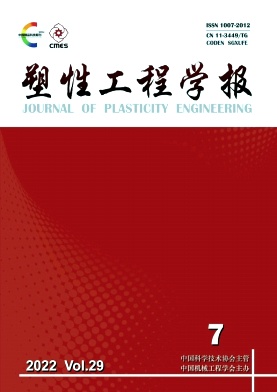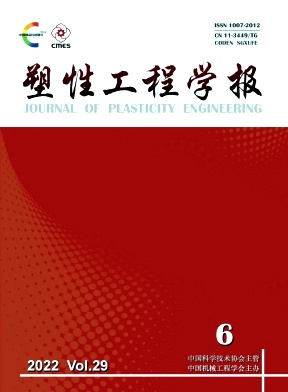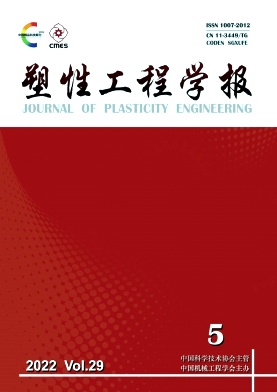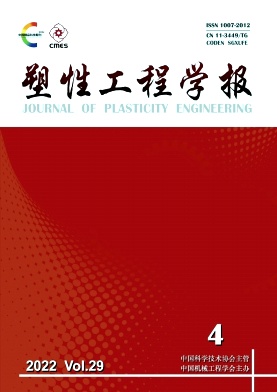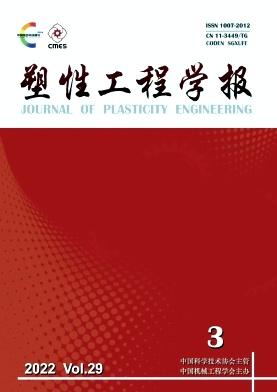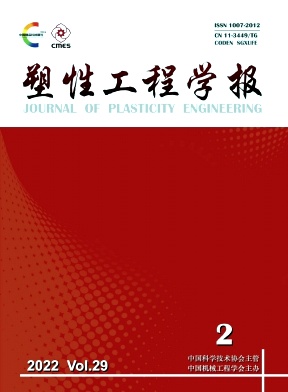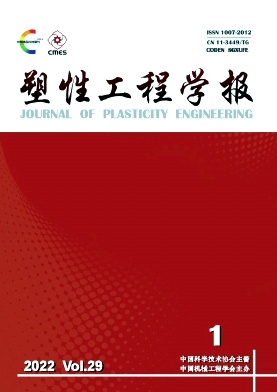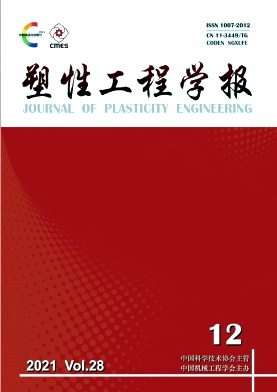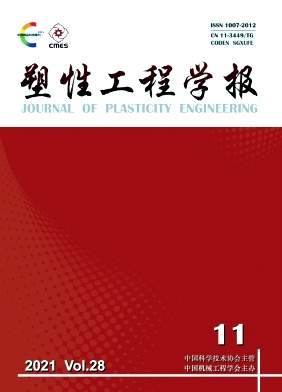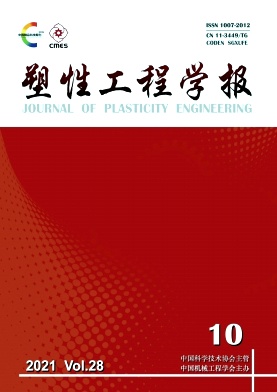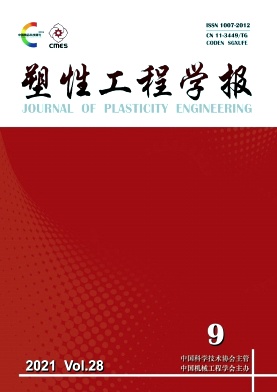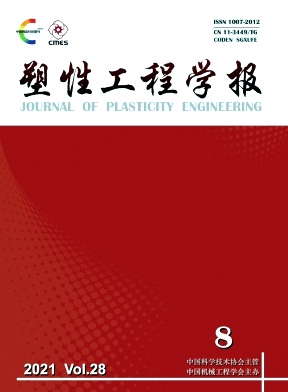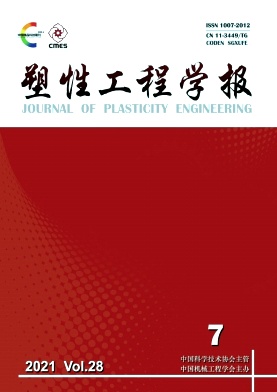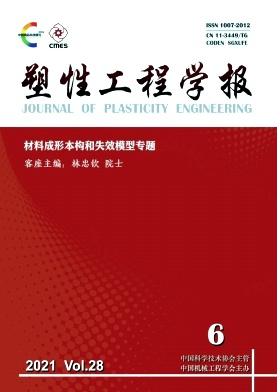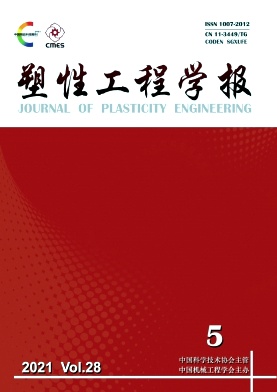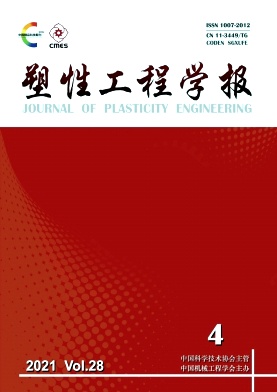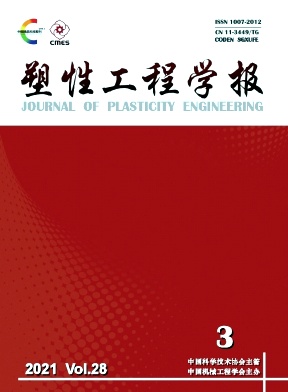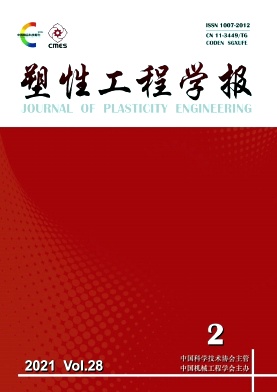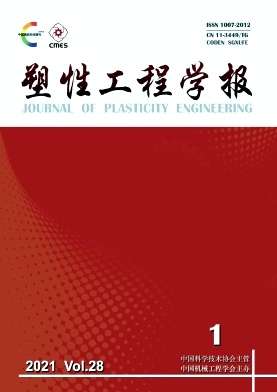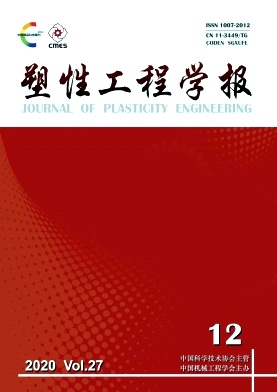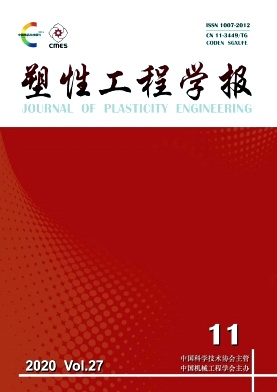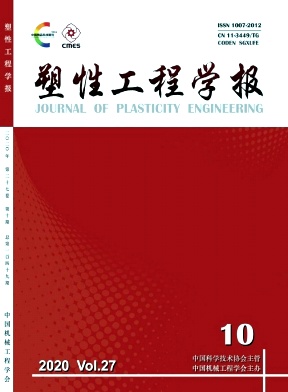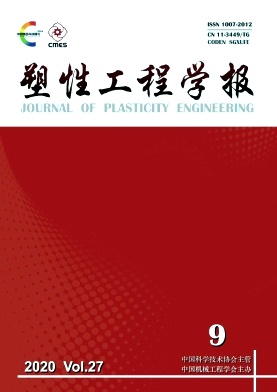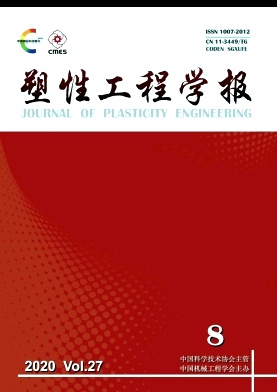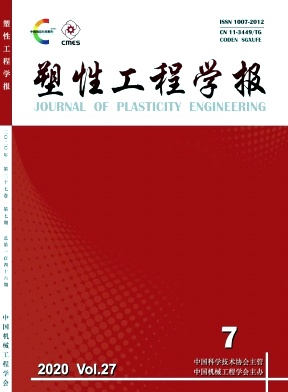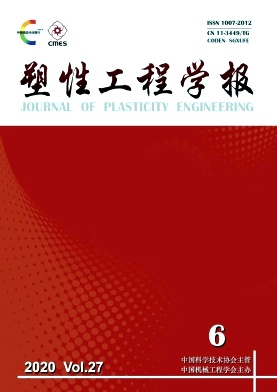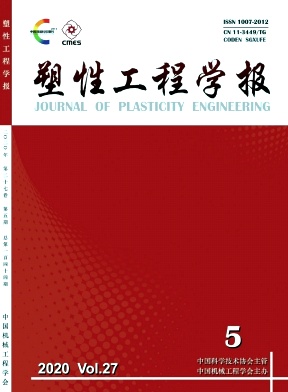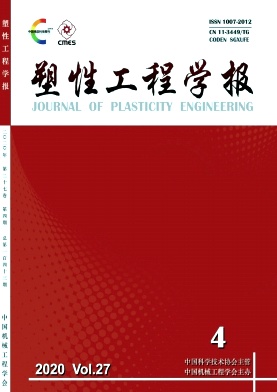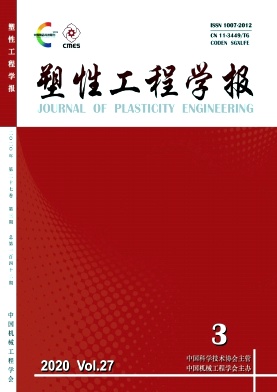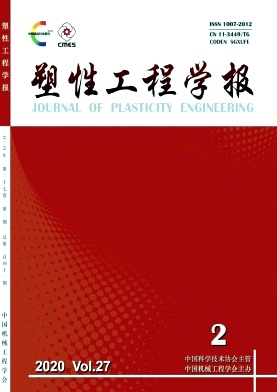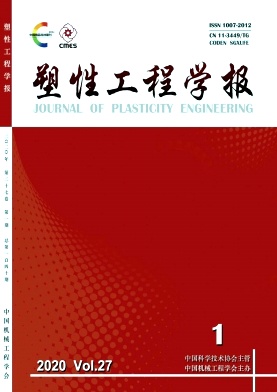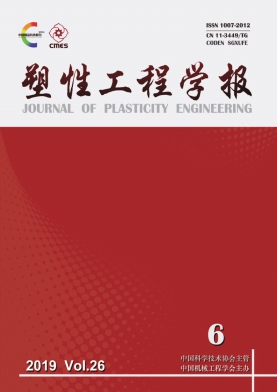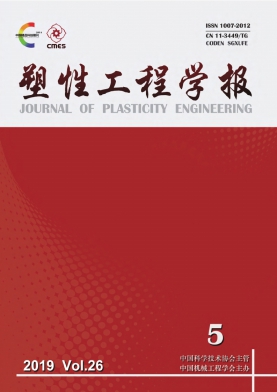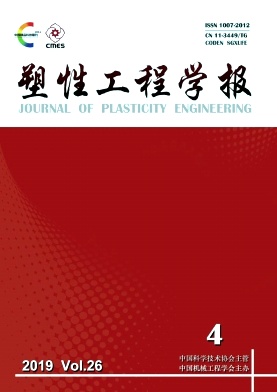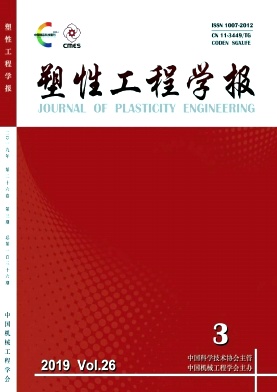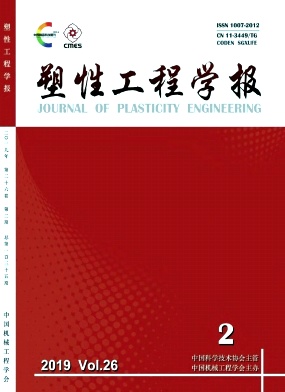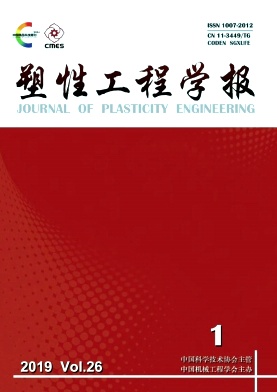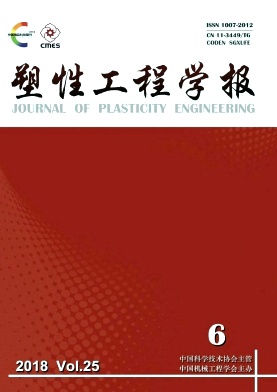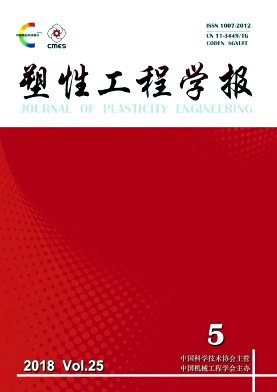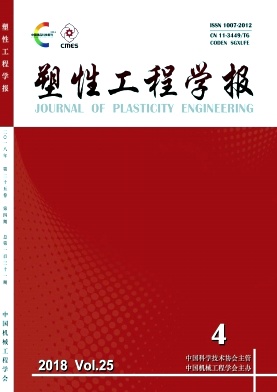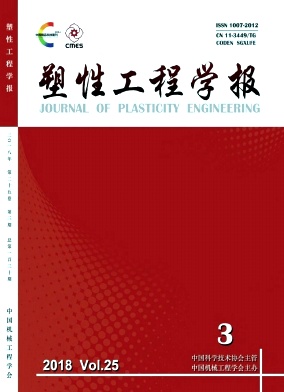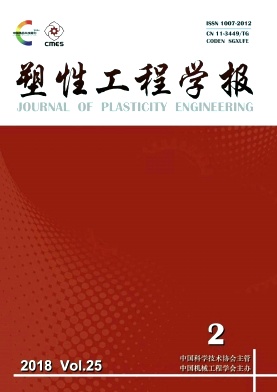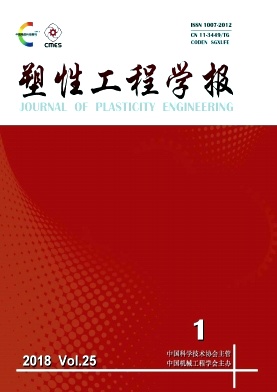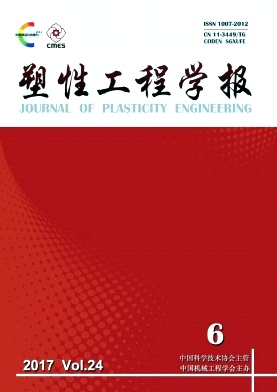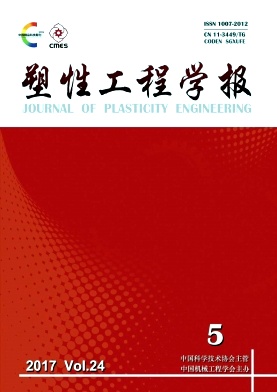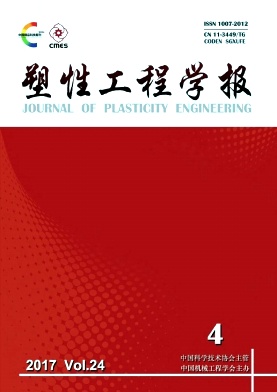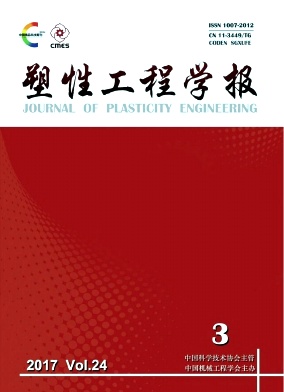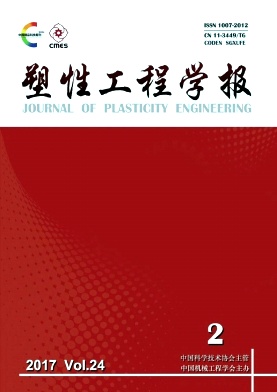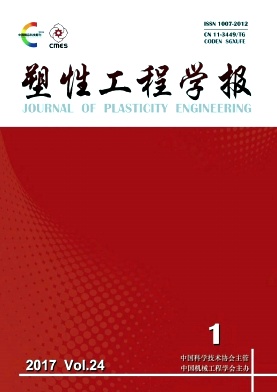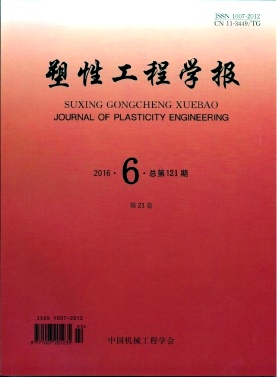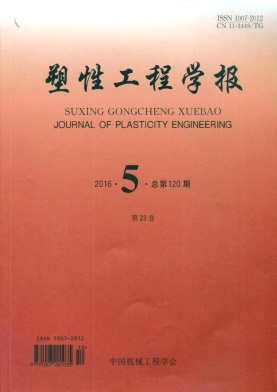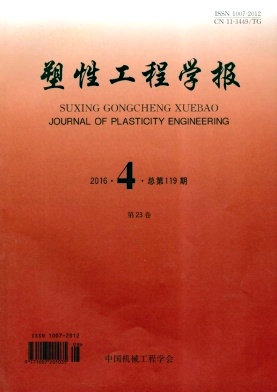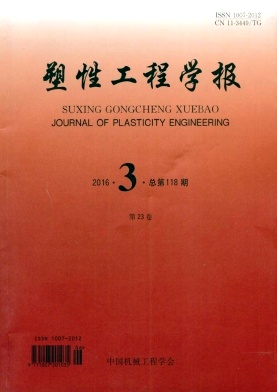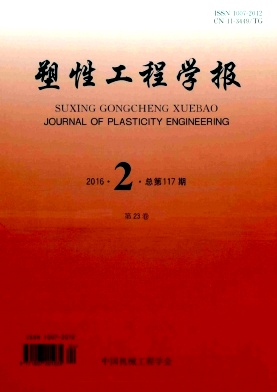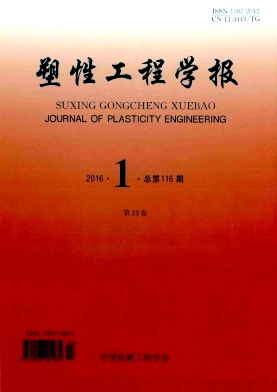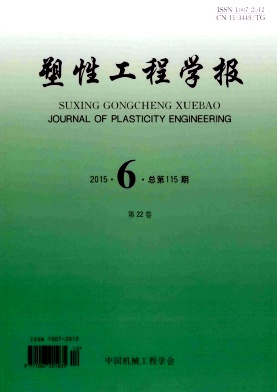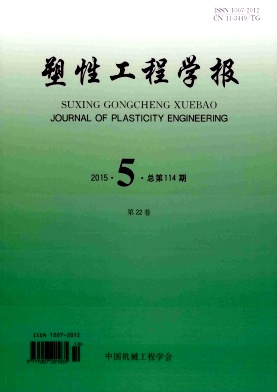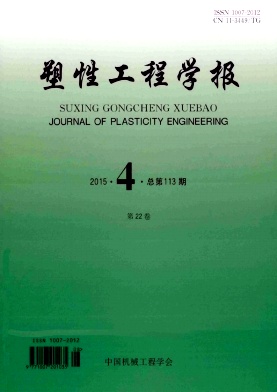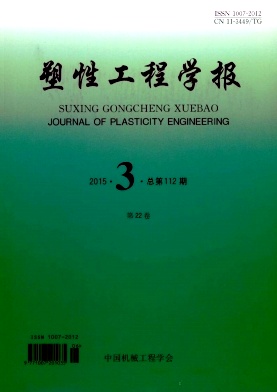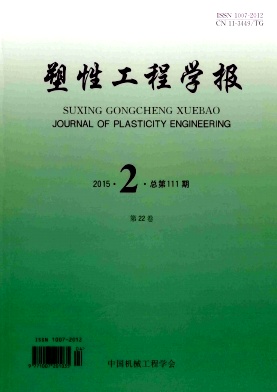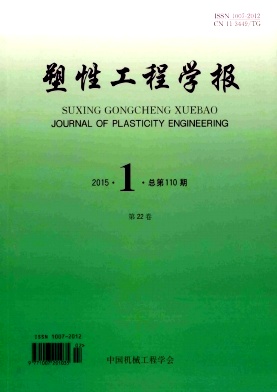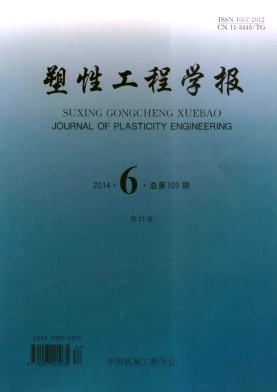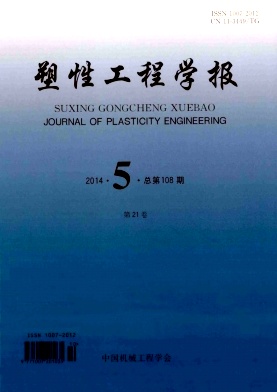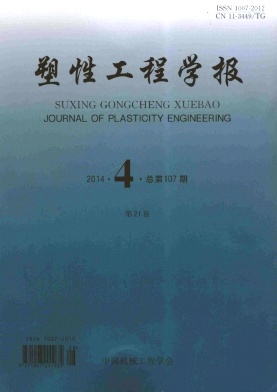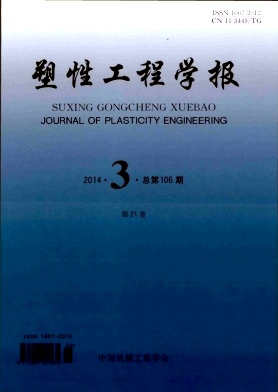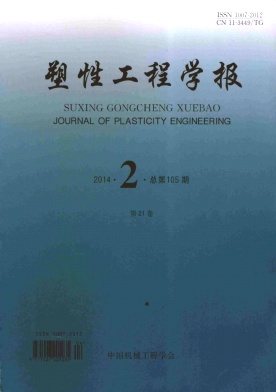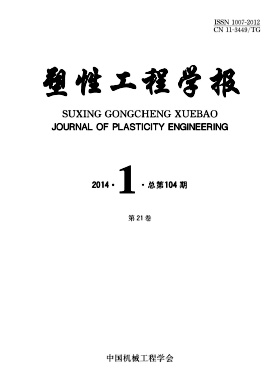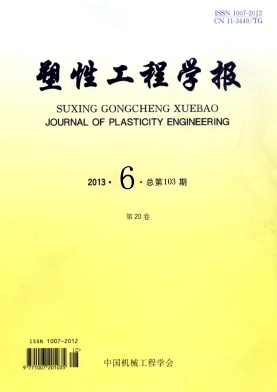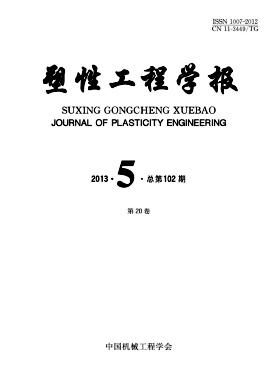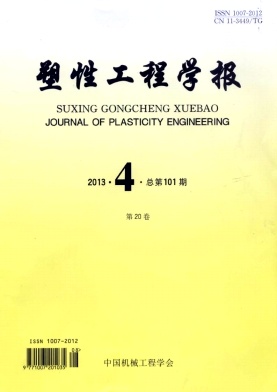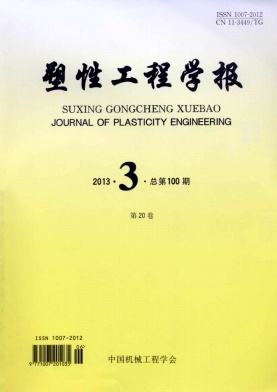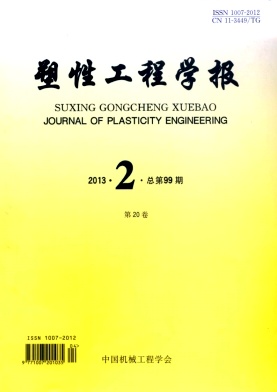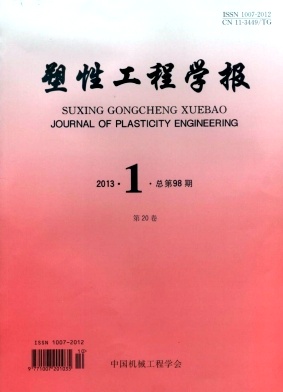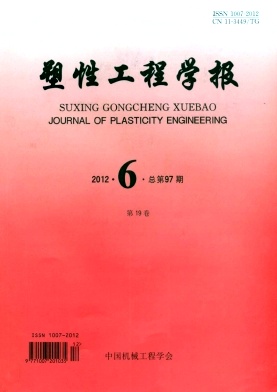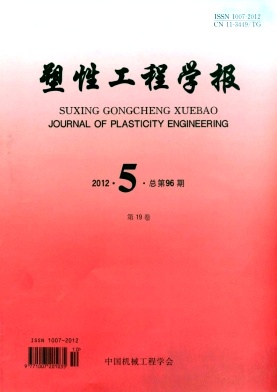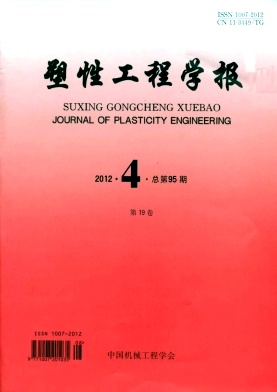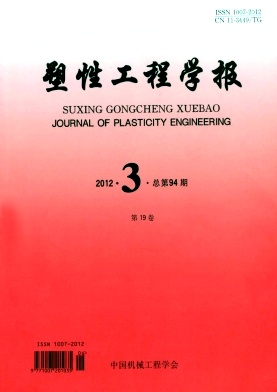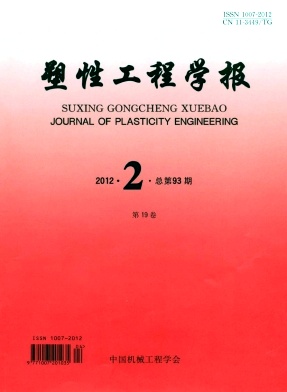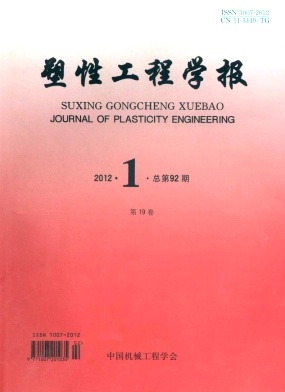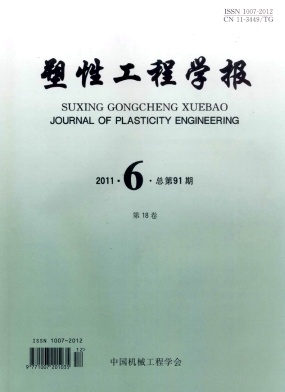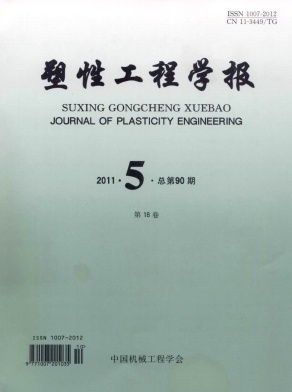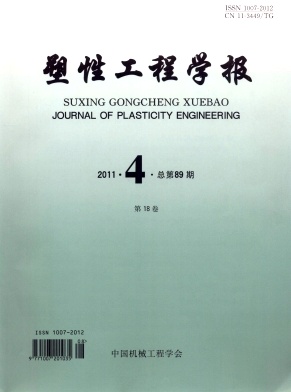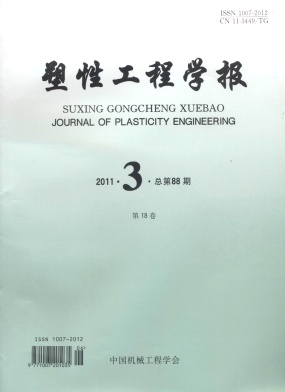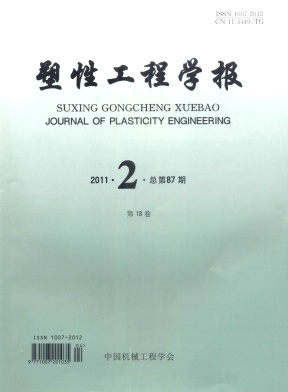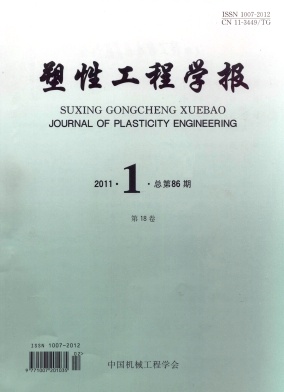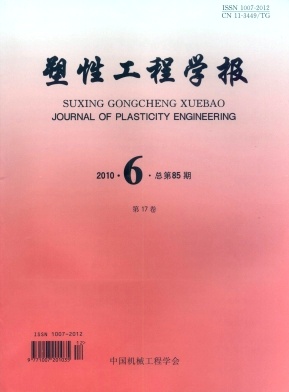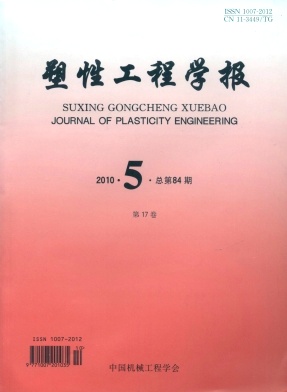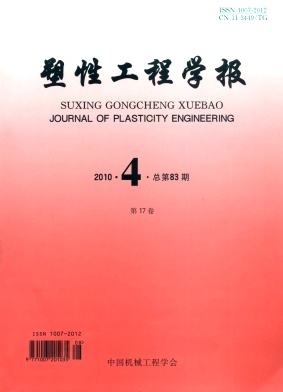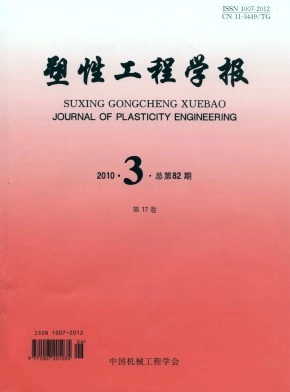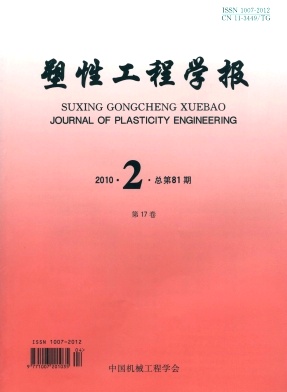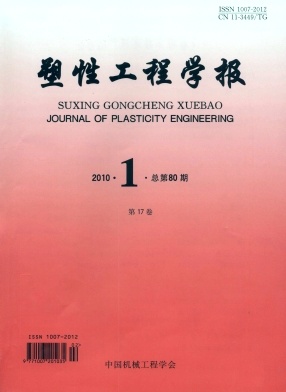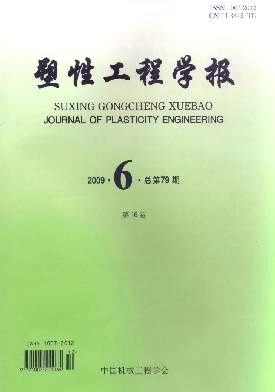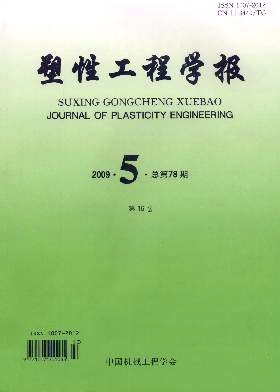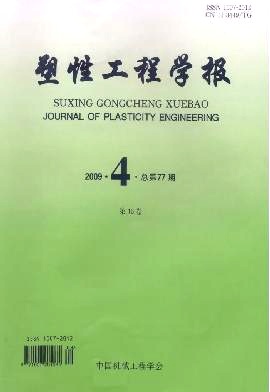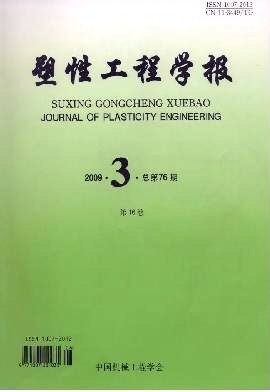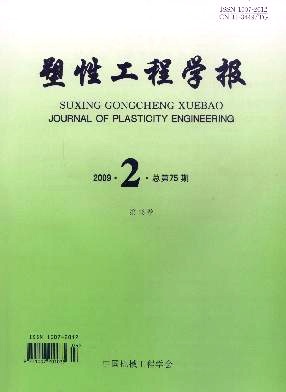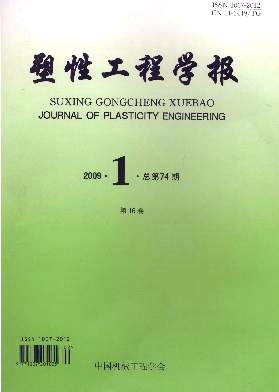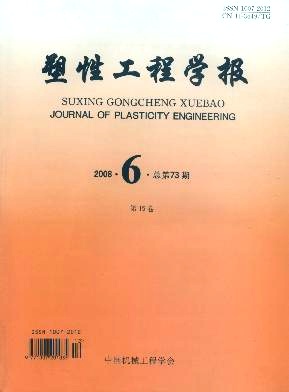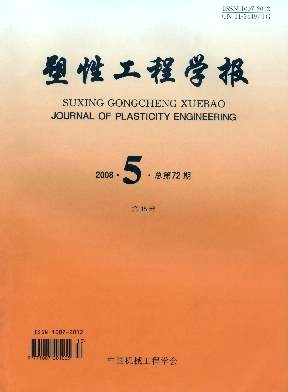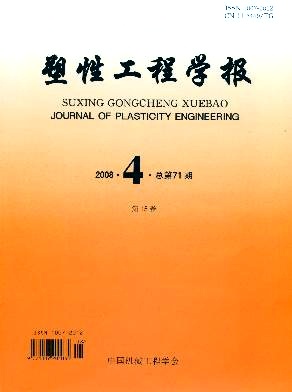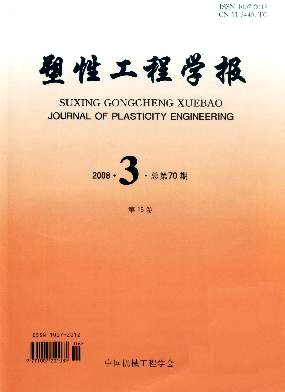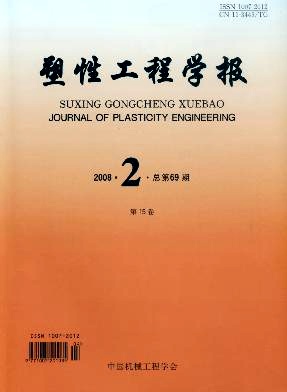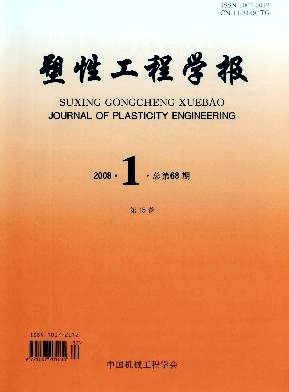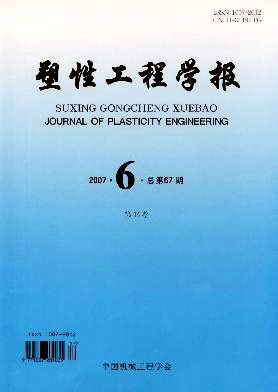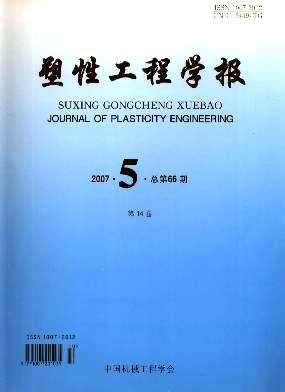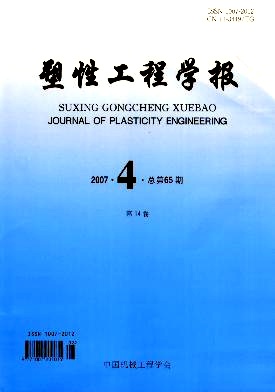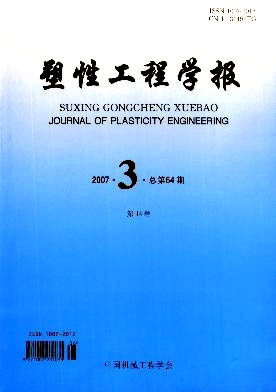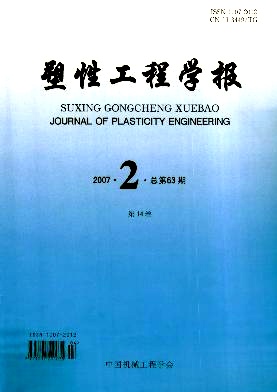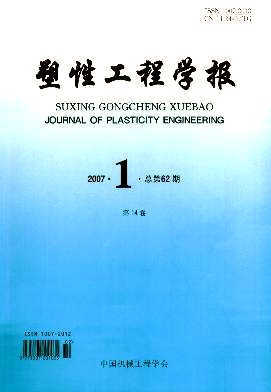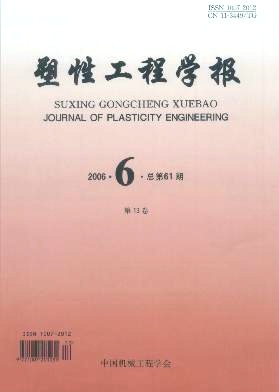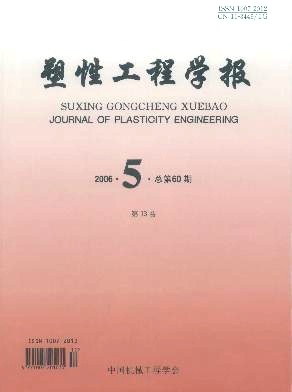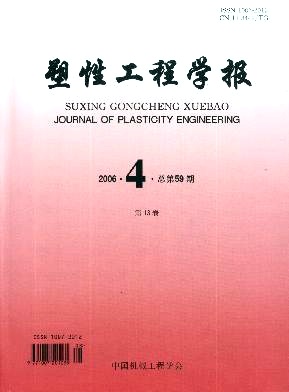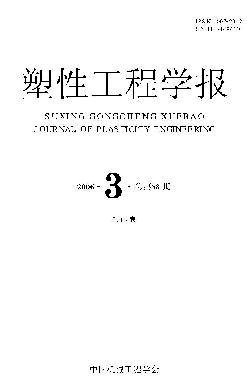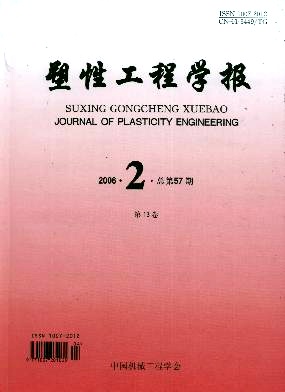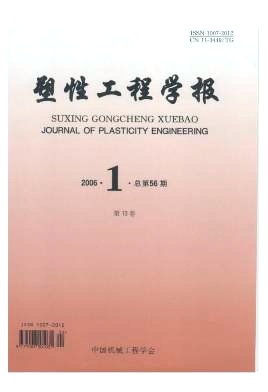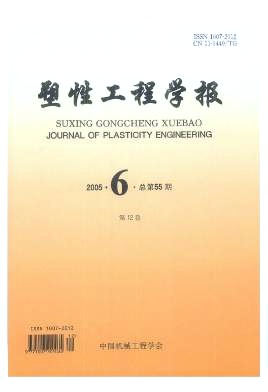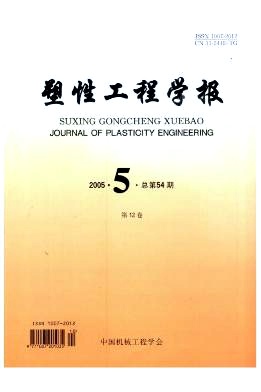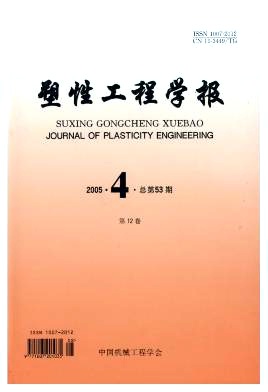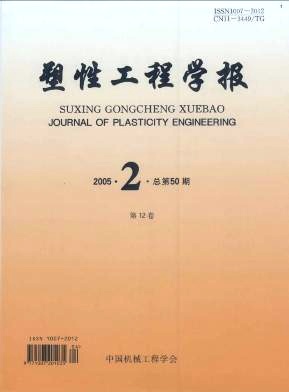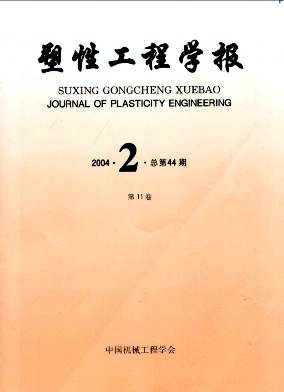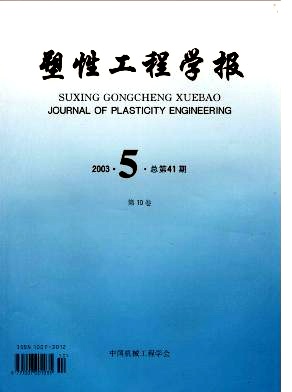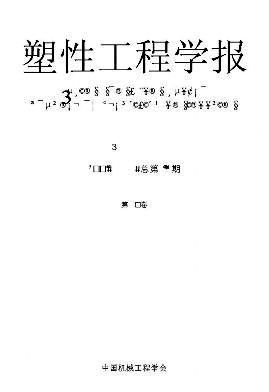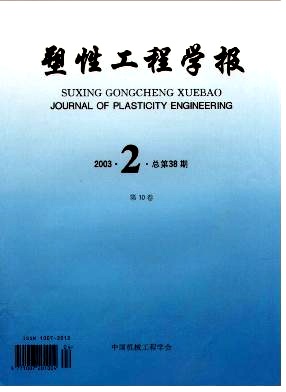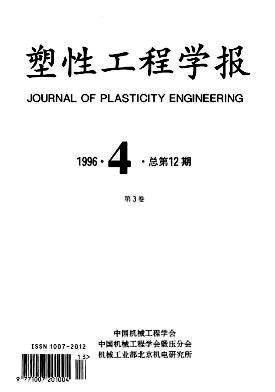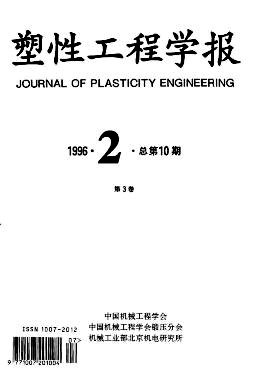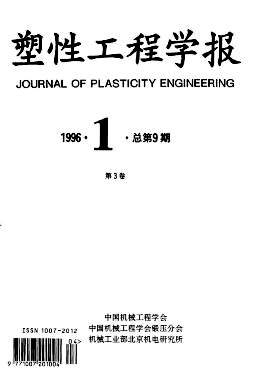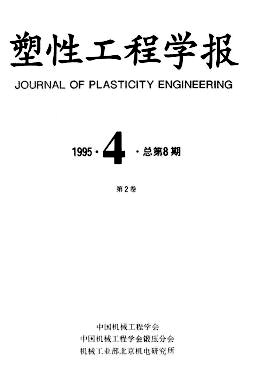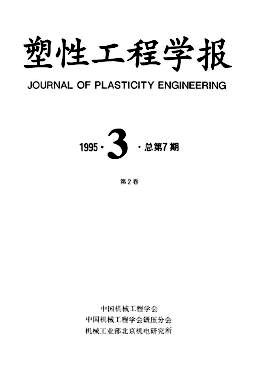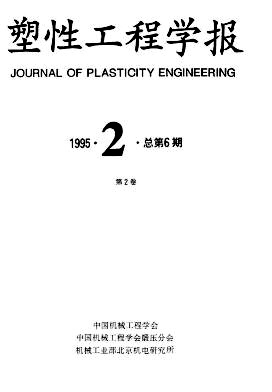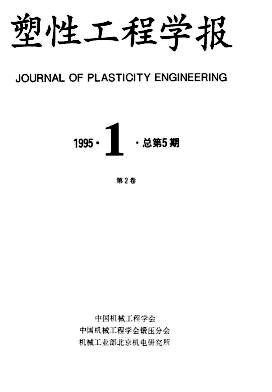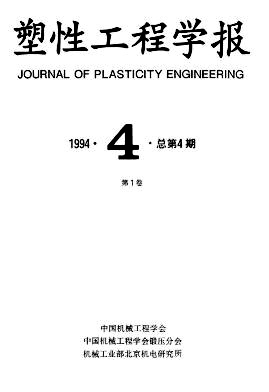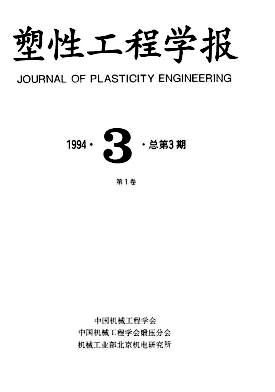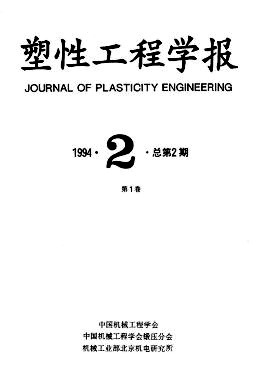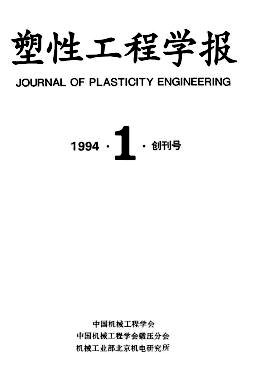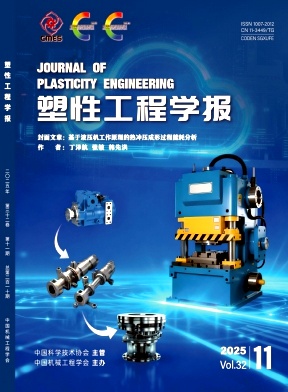
Tracking the information about your manuscript
Communicate with the editorial office
Query manuscript payment status Edit officeCollecting, editing, reviewing and other affairs offices
Managing manuscripts
Managing author information and external review Expert Information Expert officeOnline Review
Online Communication with the Editorial Department
Page Views
Page visits today: 556
About Journal
Journal:Journal of Plasticity Engineering
Establishment Year:1994
Administrator:China Association for Science and Technology
Sponsor:Chinese Mechanical Engineering Society
Publishing Period:Monthly
CN:11-3449/TG
ISSN:1007-2012
Postal Distribution Code:80-353
Tel.:010-62912592/82415079
E-mail:sxgcxb@263.net
Journal of Plasticity Engineering mainly publishes original research papers of advanced and innovative fundamental research and engineering application in the field of plastic forming and its cross-discipline.
The journal has been included in many important national and international indexing systems such as Core Journals of China, Chinese Science Citation Database(CSCD), Source Journals for Chinese Scientific and Technical Papers and Citations, RCCSE Chinese Core Academic Journals, CSAD, SCOPUS, American Chemistry Abstract(CA), Cambridge Scientific Abstracts(CSA), JST China, etc.
The purpose of Journal of Plasticity Engineering is to enliven the academic ideas, improve the academic theory, strengthen the academic communication, serve for improving the foundation level of domestic plasticity engineering and establish the status of domestic plasticity engineering in world science and technology lineup.
Identification and Treatment of Academic Misconduct
To protect the rights of readers and authors and to maintain the quality and reputation of Journal of Plasticity Engineering, the paper will be rejected and treated accordingly if it is identified as academic misconduct after strictly testing and screening in the process of publication. The specific testing and identifying process and treatment methods are as follows:
Numerical study on attractive electromagnetic forming of metal bellows
XIONG Qi;WANG Yi-zhe;QIU Shuang;YAN Nuo;A single coil-dual power supply attractive electromagnetic forming method was proposed for tiny aluminum alloy bellows. A single-wave bellow was used as an example to reveal the forming mechanism of the attractive electromagnetic forming process of bellows, and the feasibility of forming bellows by attractive electromagnetic forming was verified. During the forming process, the radial electromagnetic force plays a dominant role, while the axial electromagnetic force promotes material flow. Stress concentration occurs in the crest and fillet regions, and the wall thickness shows a linear thinning trend from the trough to the crest. Furthermore, the forming of multi-wave bellows was studied using a three-wave bellow as an example, and the key factors affecting the forming height and wall thickness thinning of the attractive electromagnetic forming process for bellows were revealed. Under the optimal forming conditions, the maximum thinning rate of the three-wave bellow is 10.1%, the maximum gap with the mold is only 0.04 mm, and mold-fitting effect is excellent, demonstrating that attractive electromagnetic forming can efficiently form metal bellows.
Influence of low-temperature and high-speed power spinning process on microstructure and properties of AZ31B magnesium alloy tubes
WEI Qiu;LIN Peng;HAN Ye-xiang;SUN Yi-zhou;CAO Xiao-qing;The power spinning tests of AZ31B magnesium alloy tubes were carried out under the spinning process at deformation temperature of 125 ℃ and roller feed rate of 360 mm·min-1. The influence rules of different spinning reduction amounts on the microstructure and mechanical properties of the formed workpieces were analyzed and studied. The tubes with different reduction amounts were annealed at 250 ℃ for 4 min. The results show that under the conditions of relatively low deformation temperature and high deformation rate, with the increase of the spinning reduction amount, the grain size of the outer layer is refined to approximately 1 μm, and the inner layer grains are refined by being intersected by a large number of twins and shear band structures. The microhardness and tensile strength of tubes increase with the increase of the reduction amount. When the reduction amount is 44%, the tensile strength increases to 428.5 MPa, but the elongation after fracture is only 2.5%. After annealing at 250 ℃ for 4 min, the grains experience recovery and recrystallization. Both the tensile strength and elongation after fracture are higher than those of the original tubes, realizing the strengthening and toughening of AZ31B magnesium alloy tubes.
Numerical simulation research on influence of process parameters on rolling forming quality of 5052 aluminum alloy sheet
XIAO Liang-hong;LIANG Shuai-kang;ZHANG Gong-wang;YE Feng;The rolling forming process of 5052 aluminum alloy sheet was simulated on ABAQUS finite element analysis software, and the influence of rolling radius R, sheet width w, stamping speed v, friction factor μ, and unit edge pressure p on the rolling forming quality was analyzed. Then the influence of various parameters on the thickening rate and roundness error of 5052 aluminum alloy sheet rolling was studied using orthogonal numerical simulation experiments. The results show that the thickening rate and roundness error of 5052 aluminum alloy sheet after rolling obviously change with the variation of process parameters, and the changing trend of thickening rate is opposite to that of roundness error. The influence degree of various process parameters on the rolling forming quality of 5052 aluminum alloy sheet is R>w>v=p>μ by order. The influence of the rolling radius R is the greatest, while the influence of the stamping speed v,friction factor μ and unit edge pressure p is small and even negligible. The optimal rolling process parameters are R=6.0 mm, w=18.0 mm, v=1500 mm·s-1, μ=0.25, p=1.0 MPa. Using roundness error as the evaluation criterion, with fixed width-thickness ratio w/t=15.0, qualified rolled parts can be obtained when R/t<10.0 and v>500 mm·s-1.
